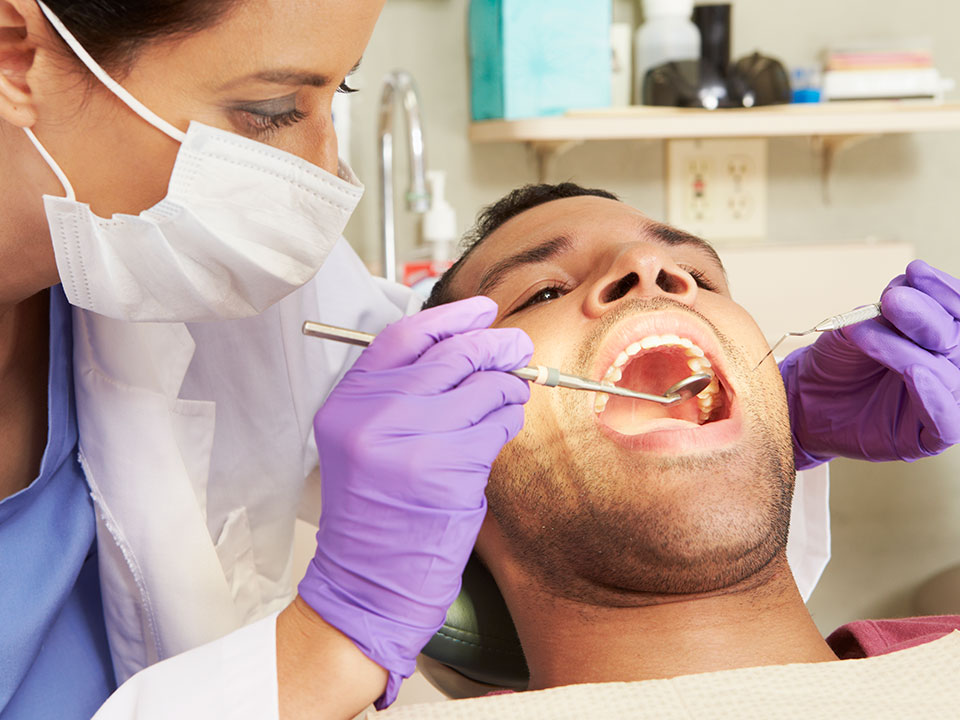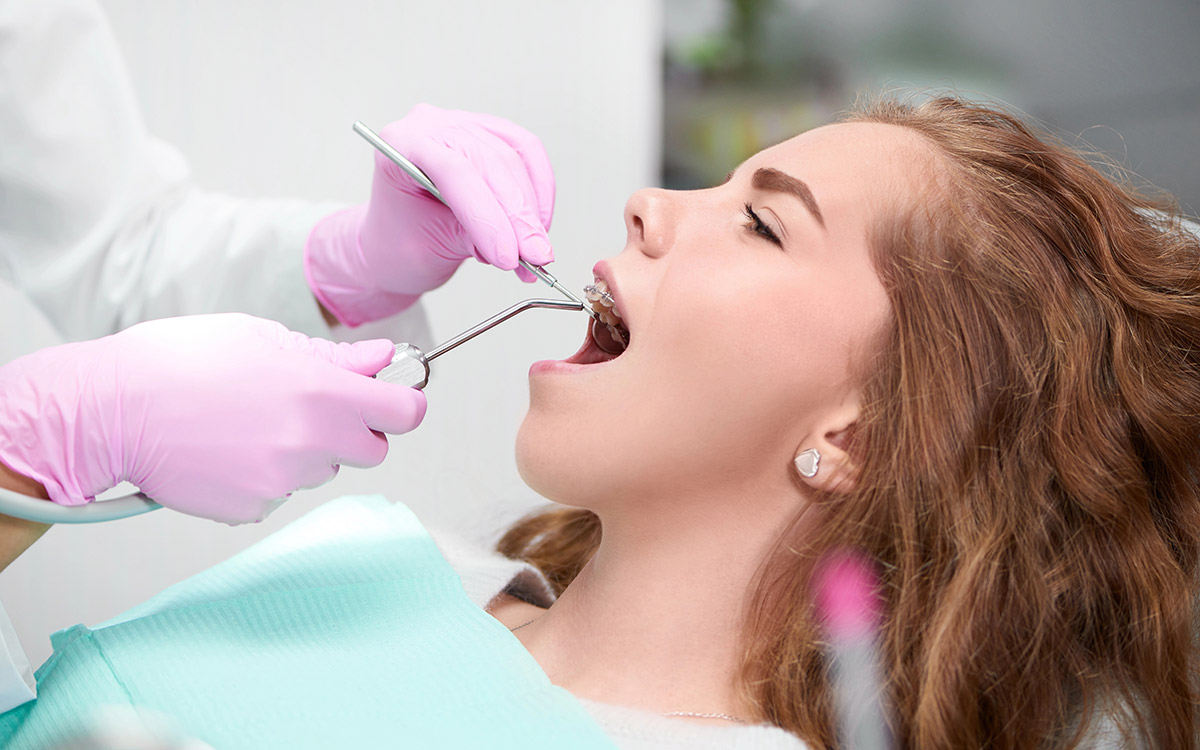Receding gums is a condition where the gum becomes pushed back or worn away, that it exposes the pink tissue that covers the roots of the teeth. This condition is a cosmetic and health issue. Receding gums are unsightly and affect your smile. Additionally, when the pink tissue and toot become exposed, it puts your teeth at risk of decay, infections, and even loss.
Early treatment is necessary to increase the chances of healing. Unfortunately, people do not know they have the condition until later. Sadly, this comes with severe symptoms that make daily life a struggle. Still, you can get treatment.
But can receding gums grow back? That is what most people wonder when they notice signs of receding gums. Below you will find the scientific answer to this. You will also find information on warning signs, treatments, and prevention. But first, what causes receding gums?
Causes and Risk Factors of Receding Gums
- Aggressive brushing. Brushing your teeth too hard or using worn techniques will wear away your enamel and cause the gums to recede.
- Underlying diseases. Underlying diseases such as periodontal disease (bacterial gum infection) destroy gum tissue, making them recede. Other conditions that cause receding gums include HIV, diabetes, dry mouth, and gingivitis.
- Smoking. Smoking and using tobacco encourage the formation of plaque. The sticky substance is hard to remove, can cause gum recession.
- Hormonal changes. Hormonal changes in women often make the teeth and gums more sensitive. It can occur during pregnancy, puberty, and menopause. This puts the gums at risk of recession.
- Poor dental hygiene. Poor dental hygiene encourages plaque buildup, turning into a hard substance called tartar. Tartar is hard to remove and often leads to gum recession.
- Teeth grinding. Teeth grinding and jaw clenching often put too much pressure on your gums, causing them to recede.
- Family history. If you have a history of gum disease in the family, you are more susceptible to receding gums as a side effect of the disease.
- Misaligned teeth. Crooked or misaligned teeth can place too much force on the gums, causing them to recede.
- Piercings. If you have a lip, tongue, or other mouth piercing, it can rub against the gum, causing irritation and wearing.
Warning Signs And Symptoms of Receding Gums
People with receding gums do not notice in the early stages. As the condition progresses, you will notice:
- Increased space between the teeth
- The tooth appears longer
- Pain along the gum line
- Tooth sensitivity
- Bleeding after brushing and flossing
- Visibly shrinking gums
- Loose teeth
- Exposed tooth roots
- Trouble chewing
- Constant bad breath
Treatment Options for Receding Gums
Medications
This is often the first stage of treating gum recession. It involves treating the underlying issue causing recession. For example, if the dentist finds an infection, they will treat it with antibiotics. The dentist often prescribes antibiotic gels, antimicrobial mouthwash, and antiseptic chips. These prevent the infection from spreading, stopping further recession.
Scaling and root planing
Dentists can treat mild gum recession with deep cleaning of the affected area. It is known as scaling and root planing. The dentist removes plaque and tartar below the gum line, where toothbrush bristles cannot reach.
After the cleaning, the dentist will smooth the roots, and with time, the gums will reattach to the tooth. Scaling and root planing is limited to those with mild gum recession.
Surgery
A dentist may recommend gum surgery for severe gum recession. There are two options for gum surgery. The first is flap surgery, a form of deep tissue cleaning. This process gets rid of bacteria and tartar in the gums. To clean, the dentist lifts the gums, then puts them back in place.
The second option is gum grafting. The goal of this surgery is to revive gum tissues. First, the dentist will take a piece of gum tissue from somewhere else in the mouth. Then the dentist uses it to cover the exposed gum and help it grow back.
It creates a good gum line, reducing the length of the teeth. It can also reduce spaces in between the teeth. However, note that this process demands proper oral care over time for successful results.
Pinhole surgery
This is another form of surgery, fairly new to gum recession treatment. It is ideal for treating mild to moderate gum recession. The procedure sees a dentist make a small hole in the gum tissue above the tooth’s exposed root.
The dentist will then insert a special tool into the hole that separates the gum from the tooth. Finally, the dentist will stretch and reposition the gum over the exposed tooth.
Prevention
The following tips can prevent and slow the progression of receding gums.
- Practice good oral hygiene. Ensure that you floss at least once a day and brush twice. Buy a toothbrush that easily reaches all parts of the mouth. Pair this with fluoride toothpaste, and finish with an antibacterial mouthwash.
- Use the correct brushing technique. There is a right and wrong way to brush your teeth. Ensure that you look up correct brushing techniques and incorporate them every day.
- Wear a mouthguard. If you grind your teeth, use a mouth guard, especially when sleeping. Mouthguards create even pressure on the jaw, relieving the gum of too much force. It prevents recession.
- Keep up with dental appointments. And finally, an excellent way to prevent receding gums is to go to all dental appointments. The dentist can identify warning signs and keep you on the right path to optimum oral health.
Can Receding Gums Grow Back Naturally?
Receding gums cannot grow back naturally. You will need help from a dentist to gain a good gum line again. There are no foods or natural treatments for receding gums. Therefore, if you notice symptoms of receding gums, ensure that you go to a qualified dentist.
The earlier you go, the better chance you have to recover and regain your smile. The practitioner will conduct an examination, diagnose, and treat you accordingly. Remember that treatments work best with an excellent oral hygiene routine.







